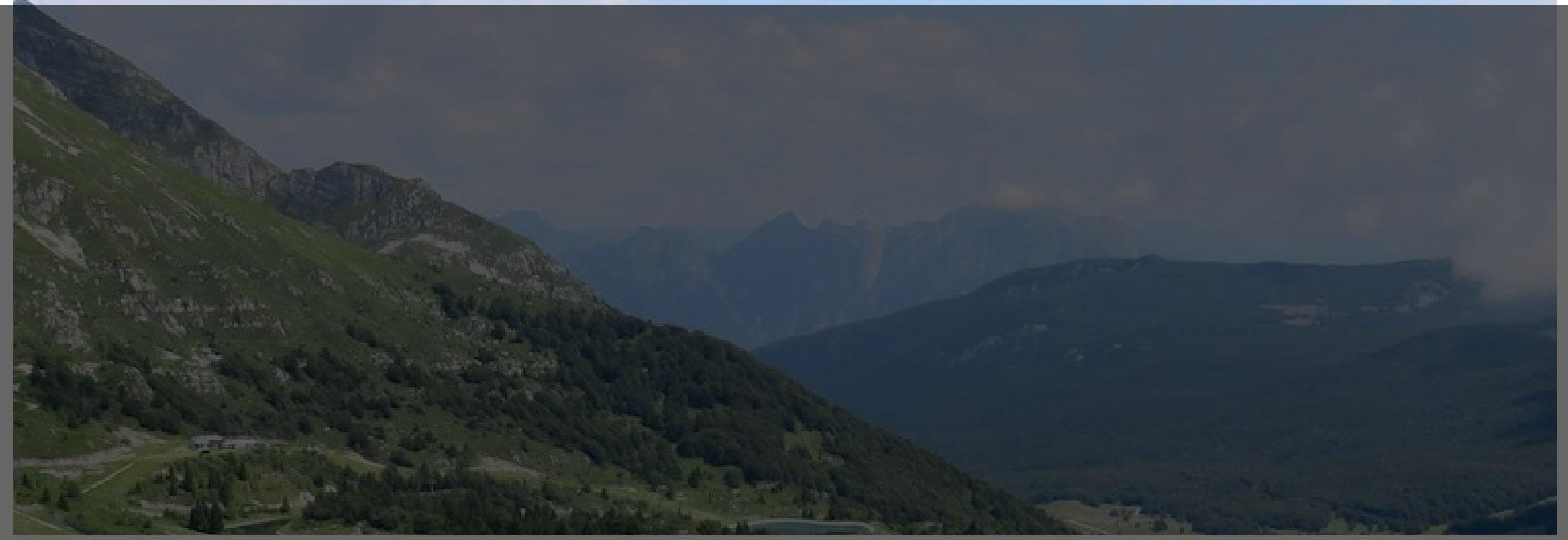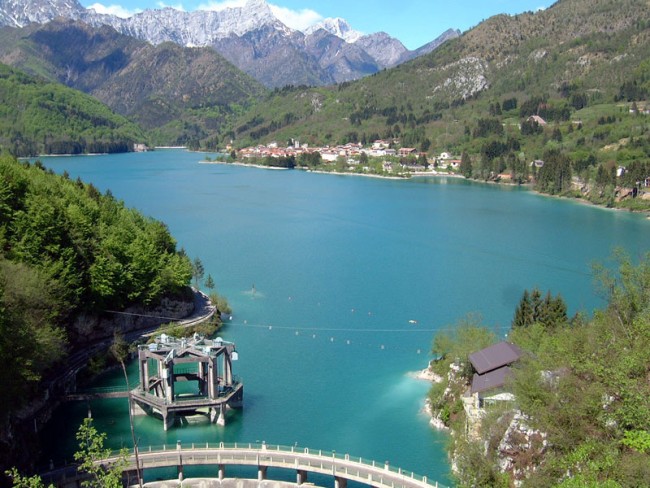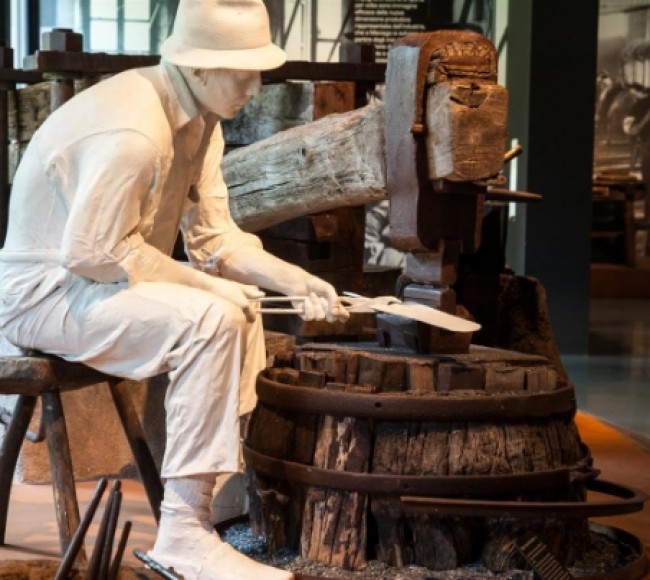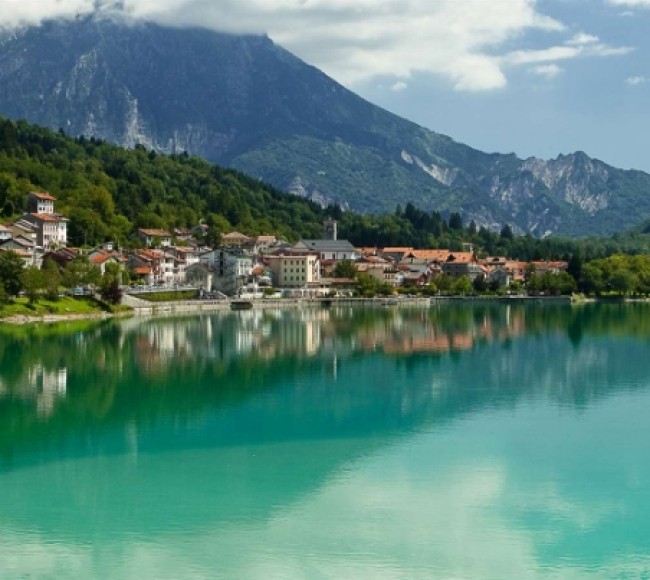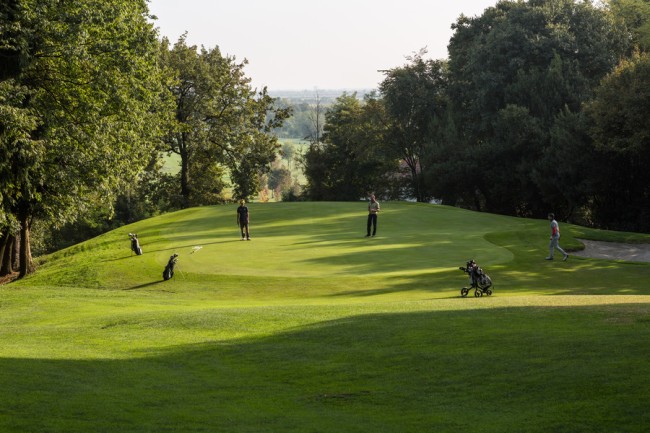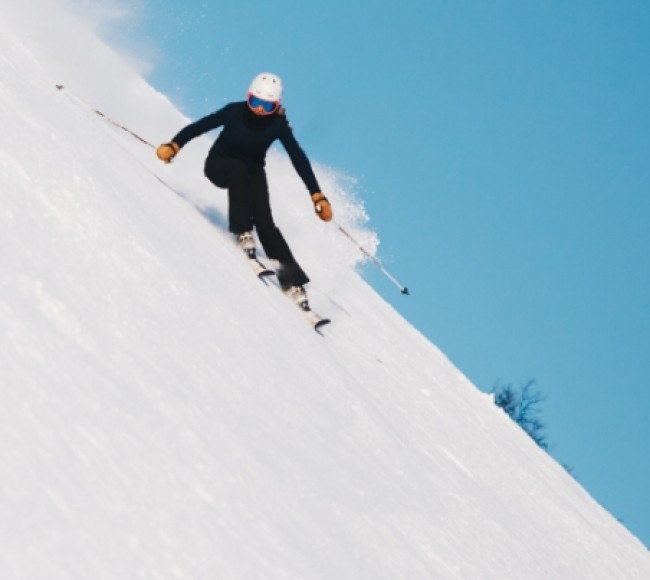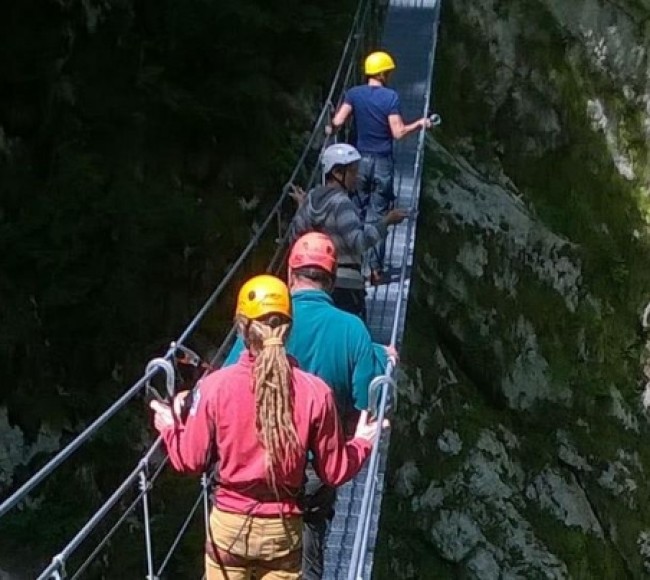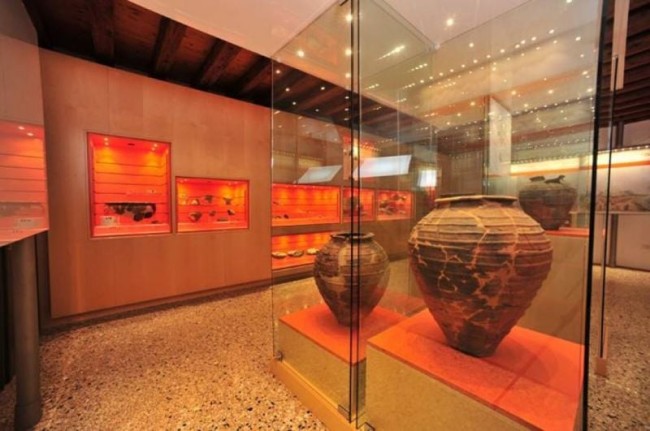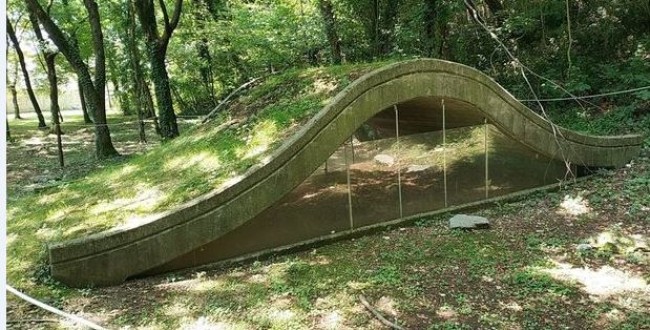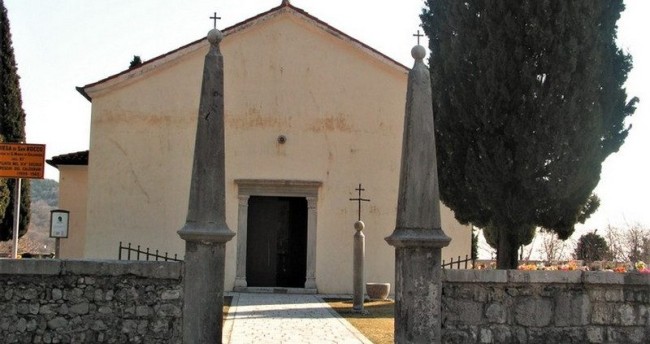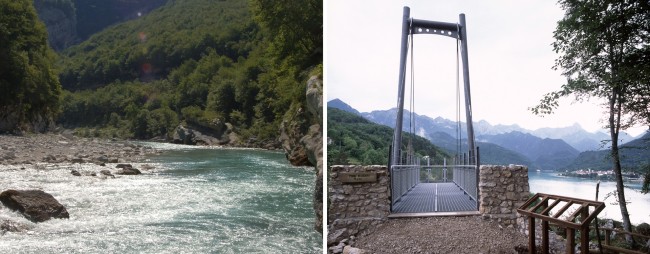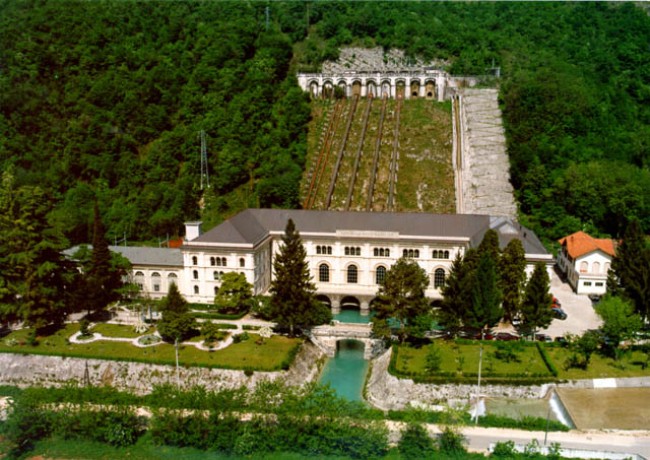Piancavallo, a hamlet in the municipality of Aviano, is an ideal destination for lovers of sport and outdoor activities. This large and sunny plateau to the north of Pordenone offers unforgettable holidays thanks to modern ski facilities for downhill and cross-country skiing, climbing walls, trekking and mountain biking routes, an ice rink, regulation football pitches, tennis courts, a bowling green, miniature golf and brand new sports centre.
This well-known ski resort is popular with families and sport enthusiasts of all ages. Established in the 1960s, it developed rapidly thanks to its proximity to the plains, convenience of access routes and the beauty of the environment, which boasts vegetation usually found at higher altitudes due to the special climate. Even those who aren’t ski lovers will find space to practice other sports such as ice skating, freestyle, orienteering and snowboarding.
In winter, Piancavallo has something for everyone with its 17 kilometres of slopes for downhill, cross-country skiing and snowboarding. And for the little ones, there’s an honest-to-goodness snow park: Nevelandia. The area covers about 25,000 square metres and is equipped with three moving walkways, and areas for skiing, sledging and bobsleighing. There’s also a fenced-off part with soft foam sledges reserved for the youngest children.
In summer, you can choose between relaxing walks or challenging mountain climbing, or other activities such as horse riding, cycling, mountain biking, tennis, hang gliding and paragliding.
